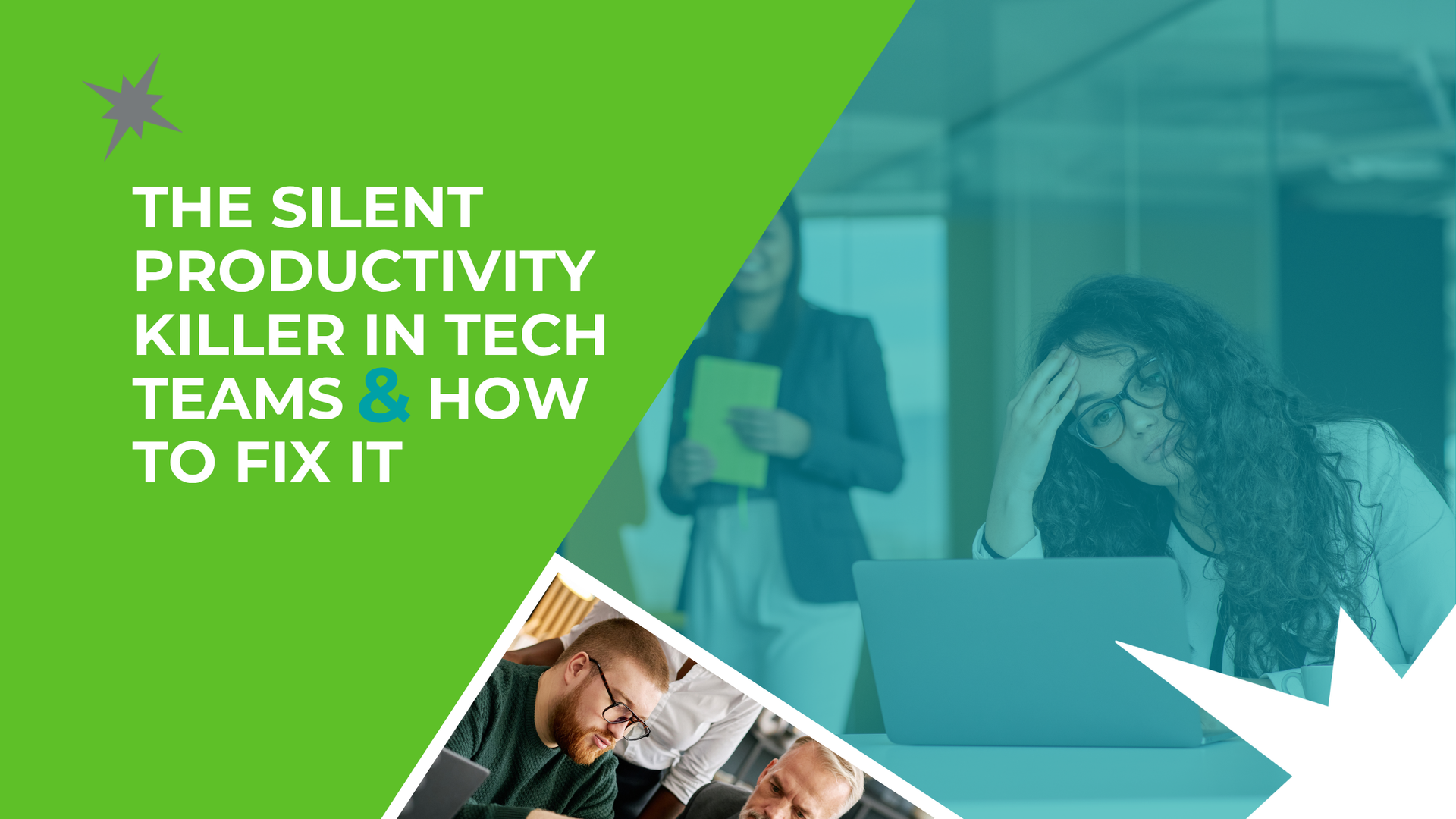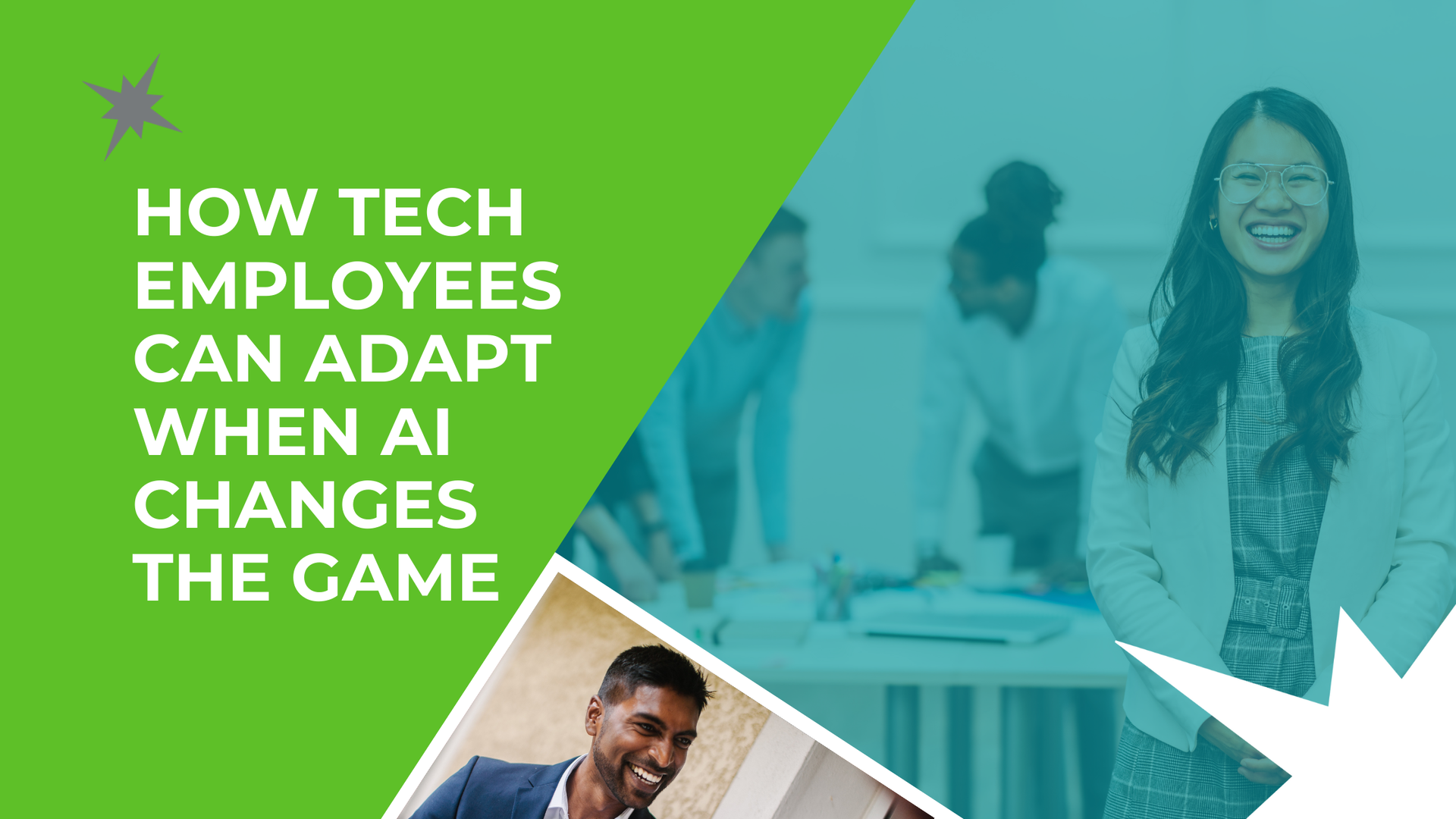News & Insights
< Back to Blogs
How to Win Talent Back into Your Workforce

The pandemic has changed the way we work, prompting professionals to re-evaluate their priorities and seek more from life. This has inspired ‘The Great Resignation’ – a movement that has seen employees leave jobs en masse, searching for a greater purpose, higher wages and greater freedom to decide when and how they work.
In Australia, this has led to a significant increase in job switches, with the Australian Bureau of Statistics noting 1.3 million people (or 9.5% of employed people) changing jobs in the year ending February 2022. This is the highest annual job mobility rate since 2012.
In addition, 2.1 million people left or lost a job, with a third of them citing ‘wanting a change or a better job’ as their reason for leaving. Many are departing to take on completely different roles – or just leaving the workforce entirely, choosing “life” over “work.”
These departures have left a huge hole in many sectors of the labour market, including tech jobs. Organisations must be open to adopting new tactics to attract latent talent. Even those who aren’t currently planning to re-join the tech labour market could be lured back with the right offer.
In this article, we’ll look at how to win back talent and ensure your business succeeds at employee retention.
Embrace Work-Life Balance
Many chose to leave their tech jobs due to the demand that didn’t quite balance out with their home life. Some may have shouldered greater responsibility or put in more time during lockdown, as they witnessed colleagues’ roles disestablished. In some instances, this may have led to burnout and stress, which may have prompted a re-evaluation of priorities.
It’s no secret that a significant percentage of the workforce desires a better balance and would see this as a critical consideration in their return. Benefits like hybrid working or flexible hours have just as great an ability to attract and retain disillusioned employees as remuneration.
A few approaches you could experiment with include:
- Flexible working arrangements
- Remote working roles
- Hybrid working roles
- Increased leave balances
- Days off for professional development
- Benefits and perks such as on-site childcare and subsidised home cleaning services
Be willing to have an open conversation with your potential employee about their expectations and how you might be able to help them achieve them. Employees who are satisfied with their overall quality of life are far more likely to produce a better output for your business.
Review Compensation Packages
Businesses that offer less than the market rate will struggle to win talent back. It’s worthwhile to take some time to review the current tech salaries and make sure you’re matching up.
With pay transparency at an all-time high it’s also important that you review the business’ current compensation packages. You should do this for your existing employees, too, as there could be an imbalance between what you offer new employees vs what your current team earn.
Viewing the perks and compensation package in detail can be beneficial as it’s not always about salary. To some employees, the ability to work from home will mean just as much as a raise would, so it’s imperative to discuss it with your team.
Build Your Culture
The fight for talent is not only about employers competing with other businesses. Employers also must compete against all the options their team members have outside of the traditional workplaces.
A recent McKinsey study found that over 40% of people who had left the workforce and were currently unemployed listed ‘meaningful work’ as their top reason to return to traditional employment. This was followed by workplace flexibility and an adequate compensation package. A Deloitte survey found that 88% of employees believe a distinct workplace culture is important to business success.
This tells us that people seek more than just ticking a box with their employment. Employees want to contribute to a place where they feel valued and can buy into the company’s culture.
This moment also represents a significant opportunity to take a step back, listen, learn, and make the changes employees want—starting with a focus on company culture. This will not only attract new hires but also provide an incentive for them to stay.
Retaining Your Best People
Unfortunately, there is no magic spell to keep your best employees working for you forever. However, there are some simple things you can do to ensure you’re giving your organisation the best chance of retaining them. Some of these strategies include:
- Keep communicating
Listen to your employees, find out what drives them, anticipate and address their concerns and ask for feedback. By staying in regular communication, you’re putting the business in a position to address employee retention proactively rather than reactively. - Invest in their ongoing training and development
Opportunities to gain experience, grow and progress are important to many and keeps them from feeling stagnant and undervalued. - Show appreciation and respect
Employee appreciation can sometimes fall to the side, but it’s a key part of any business’ retention strategy. Tokens of appreciation like a handwritten note, a birthday celebration and giving bonuses are all great ways to provide positive reinforcement.
Work with a Specialised Recruitment Agency
Recruiting tech talent can be costly and time-consuming for an organisation to tackle, using valuable resources without guaranteed success.
Engaging with a specialist recruitment agency to attract future employees and negotiate terms can save you both time and money overall. They have extensive knowledge of the technology industry and are across all the latest trends, developments and market activity.
Employers collaborating with specialist recruiters also don’t have the same hassle of repeating the process numerous times if the right candidate isn’t found on the first try.
Summary
Just because employees have left the industry before doesn’t mean they can’t be won back into your workforce. Are you ready to start winning talent back to your business?
As leading Technology and Digital recruitment specialists in Sydney, Australia, our skilled team at Enterprise IT Resources can help with all your recruitment needs. We understand what employees are looking for in 2022 and can harness our extensive network to help you find the best candidates for your business.
Get in touch with us today to discuss your recruitment needs.
Share This Article
Recent Articles

Filter By Category
Subscribe to our News & Advice












